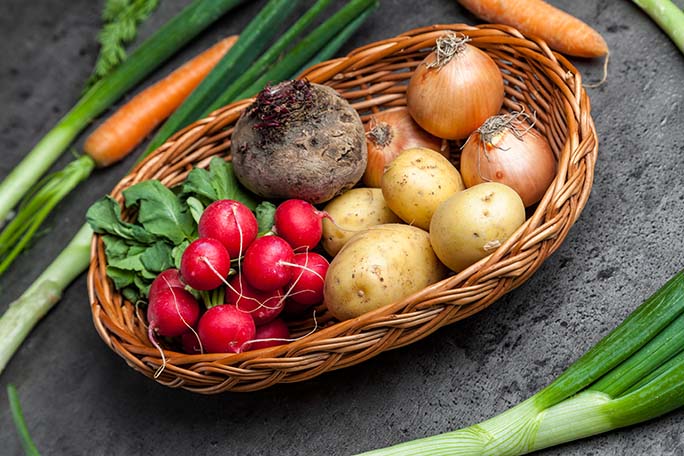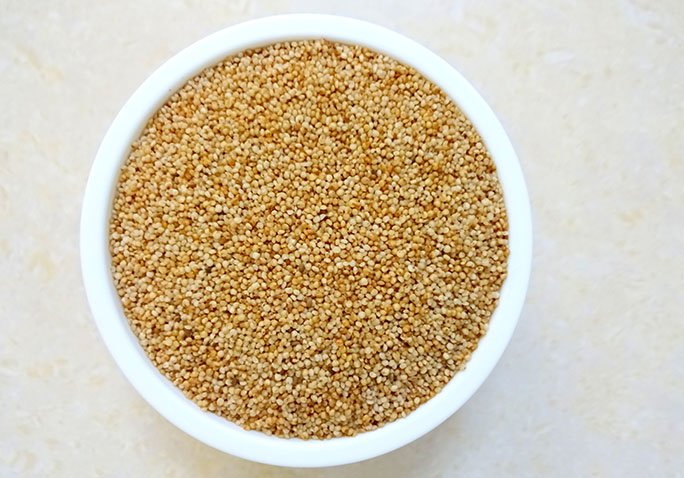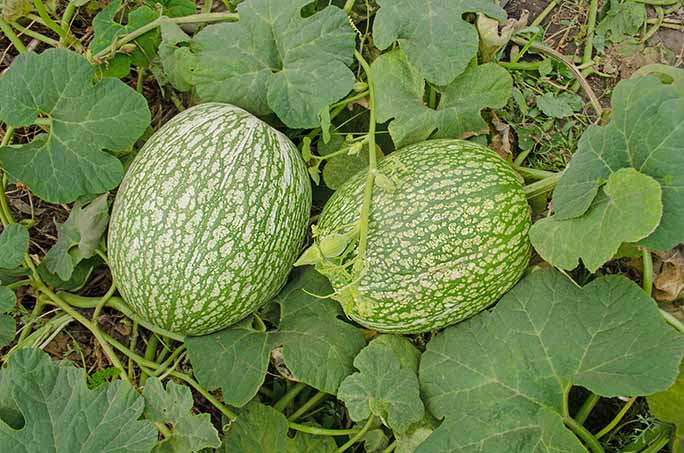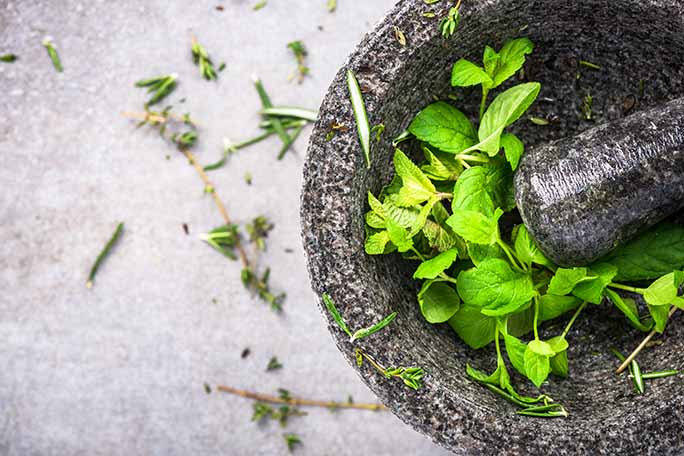Everyone loves their skin and would like to keep it clean, young, and healthy. If you were an enthusiast of skincare products you might have already heard of Hyaluronic acid and might be surprised to see this compound in almost all skincare products like moisturizers, anti-aging creams and not to forget the luxurious serums.
So, what is this Hyaluronic acid all about? and why it’s a talk of the town in the cosmetic and medical industry? Let us tell you in a simple way and provide you with some natural sources that you can get it.

What is Hyaluronic Acid?
Hyaluronic acid is a gel-like complex carbohydrate and is a major component of connective tissues like skin, blood vessels, and joints.
It is known for its water-holding properties that help to maintain the moisture and flexibility of almost all the connective tissues.
A surprising fact is, it can hold water up to 1000 times of its own weight for several days. This extraordinary property of Hyaluronic acid made it an excellent moisturizer and humectant for its use in the skincare and medical industries.
An individual weighing about 70kgs contains roughly 15 grams of Hyaluronic acid of which 5 grams are recycled daily (1).
Benefits
Over the past two decades, numerous studies were conducted on Hyaluronic acid to know its functions and for the development of novel drug products for the treatment of various diseases.
Medically, supplements of Hyaluronic acid are used for the treatment of joint pains. Several studies had also shown that it has excellent wound healing properties and also aids in blood vessel formation (2,3,4).
It plays it’s part in skincare products mainly as a moisturizer, anti-aging agent and also as a dermal filler in cosmetic surgeries (5).
In some countries, It is also used as a food additive and is mixed with beverages and processed foods (6).
Food Sources of Hyaluronic Acid
Do you know that the body itself is the greatest natural source that produces Hyaluronic acid? But as we age up the ability of the body to produce this compound may get decreased.
So, what are the other options that one can get this compound naturally?
The answer would be food sources. Yes, you heard it right, the food that we eat can impact the Hyaluronic Acid levels in our body.
Here are some of the food sources.

Bone Broth
Nowadays, you might have heard of a highly nutritious beverage called bone broth and surprised to see it everywhere as a trending recipe. It is also one of the great sources to get this amazing compound.
Considering the slow cooking time of 24 hrs to prepare this broth, it leads to release most of the nutrients, proteins, and also Hyaluronic acid present in the joints into the broth making it super healthy.
In addition to that, bone broth is also a rich source of Collagen, an important protein that helps to improve skin and bone health.
Foods Rich in Naringenin
Naringenin is a bioactive flavone compound that is known to have inhibitory effects on hyaluronidase, an enzyme that breaks the hyaluronic acid in connective tissues.
Eating foods such as grapes, citruses, nuts like pistachios, almonds and some herbs like Mexican oregano that contains considerable amounts of Naringenin may benefit you to maintain the levels of hyaluronic acid in the body (7).
Foods Rich in Magnesium
Yes, what you have listened to is right. Foods with rich magnesium content may help to raise hyaluronic acid levels in the body as magnesium plays a very crucial role in its production.
So, eating magnesium rich foods like green leafy vegetables, legumes, nuts, fruits like banana and avocado can benefit you in increasing the hyaluronic acid levels apart from other health benefits that you get from magnesium.

Veggies
Well everyone knows veggies are always the best superfoods for most of the health conditions.
Especially root vegetables like potatoes, sweet potatoes, and carrots are said to contain good amounts of Hyaluronic acid. So, don’t forget to get the benefit of these veggies if you come across.
Soya Foods
Soya has a tendency to increase the levels of estrogen in the body and in turn raising the levels of Hyaluronic acid.
There are numerous soya-based food products that one can choose based upon the interest such as soya milk, curd, and the delicious tofu.
Areca catechu
Commonly known as Betelnut plant and widely popular in several Asian Countries for its use in a chewing substance.
One study had shown, areca palm effectively inhibited hyaluronidase activity, an enzyme that was responsible for the degradation of hyaluronic acid. It had also exhibited the highest inhibitory activity on elastase, an enzyme that was believed to contribute wrinkling and aging (8).
However, Areca catechu is also reported to be addictive and associated with some health problems.







Comments